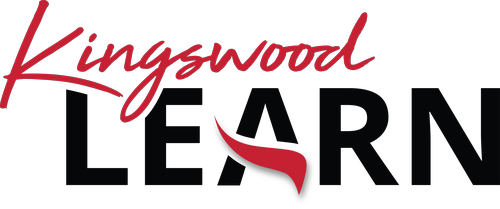
Here is the Paragraph level Observational assignment. Choose one of the three strategic passages which arose from our Book level Observation of Mark: (1) Mark 1:1-13, (2) Mark 8:27-33 or Mark 15:25-39. First, I have included a cut-and-paste of each of the three texts. I want you to “mark it up” by making as many Observations as you can based upon its structures and its contents. Use a pen/pencil making Observations based upon the True^North Bible Study handout (esp. page 6 of the handout). I have provided another similar resource titled “Observations at a Glance.” On the Mark cut-and-paste Bible text, there is room beside the text for your notes, along with “starter questions” at the bottom. Neatness is not a high priority. But it is vital for you to express to me what you see, and how this will begin to unlock the structure and contents of the paragraph. Now, once you have spent time marking up the passage, I want you to turn the paper over and begin to re-shape the observations into the form of questions. Think of it this way, the Bible text side of the page with all your handwritten notes are your observations. Now, on the reverse side of the page, I want you to fashion the observations into the form of questions as you “Turn your seeing into questions (see True^North Bible Study handout, page 2.)
Let me give you a few examples to get you started which could arise from your Observation of Mark 1:1-13. In this introductory paragraph, you will find several recurring words that would be worthy of study. The word “desert” occurs 4 times; twice in 1:3-4 and twice in 1:12-13. So an ideal Observation might be something like this, “I Spy a recurring word “desert.” Next, shape that Observation into the form of a question. What is the meaning of the recurrence of the word desert and what are the implications?” A second observation that might be asked regarding this word, is that it appears at both the beginning of the passage (1:3-4) and at the end (1:12-13). Thus, the word use is creating a literary structure of inclusio (aka, a literary bookend for the passage). Thus, “what is the meaning of the word ‘desert’ and what are the implications of Mark employing this term in the form of an inclusio? Take a look at the student sample I have uploaded. Remember, this is a new skills set. Yes, it will be mechanical at first. But I trust you will grow to love how your hand (as you write and make notes) is actually a beautiful extension of your eyes.
Now, on the reverse side of your page, write out at least 15 observations and shape them into Observational questions from as many different categories found on page 6 of the True^North Bible Study handout. Also, look at the Observations at a Glance form.
Bible study is so very simple. Observation is seeing what the text says and then shaping what you see into the form of question. Interpretation is simply using research tools to answer the questions. Observation = Asking questions. Interpretation = Answering questions. Simple, isn’t it?
Scan this document, front and back and submit it. upload to the discussion center for this post. Just before you submit, take a look at the Observation Grading Rubric to provide a checklist for all the essential parts of this effort.
Friends, allow me to insert a video to show you how to walk through the process of doing paragraph level observations. It may seem a bit “mechanical” at first. Well, it is somewhat part of the “science” of doing Observation. But in short order I believe you will find how helpful a tool it is to slow us down and “smell the Biblical roses” that are placed before us in these paragraphs. I have also added numerous samples and forms to assist in the paragraph and later in the sentence level observational process.
In short, there is not just one (1) right way to do this. There are many right ways. And I want to show you several. In the weeks ahead, I would love to see you experiment with these so you might find a process that serves you best. But the models will also help you make suggestions to your disciple-in-the-making. For example, you might be a tactile learner. Thus, as you do paragraph level observation, please consider writing out the entire passage by hand on a blank sheet of paper. The simple act of writing will trigger Observations more than reading the text silently over and over. Possibly a cut-and-paste of a printed text will serve you well, because you are a visual learner. Experiment and enjoy the process of learning how you learn!